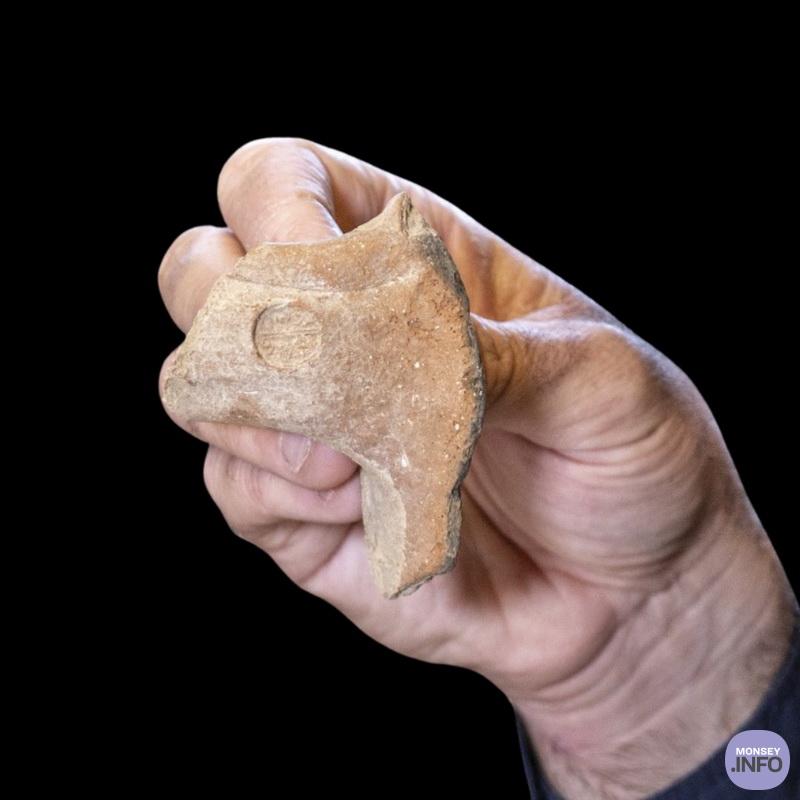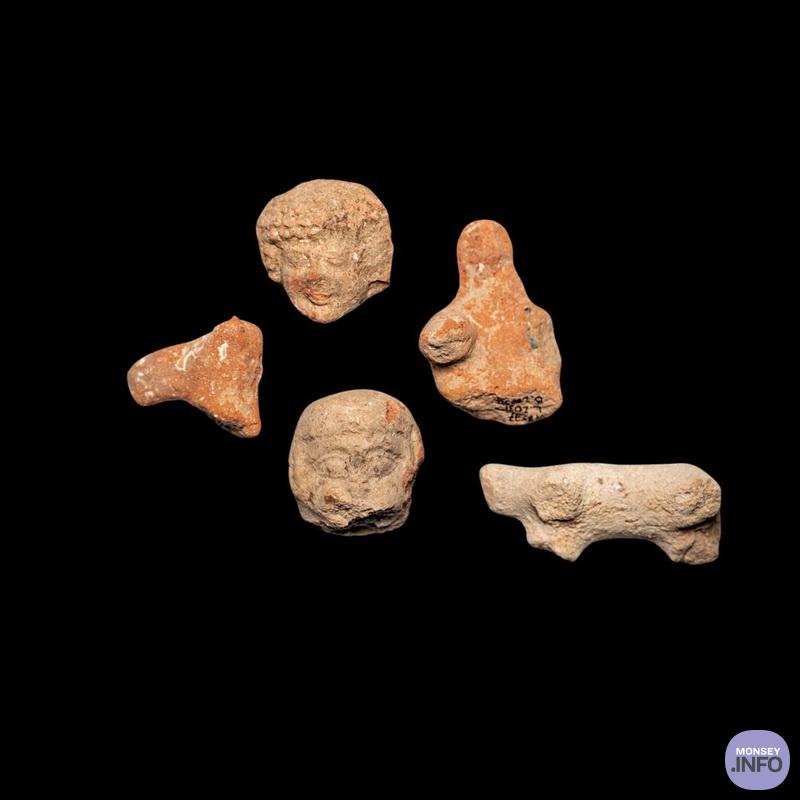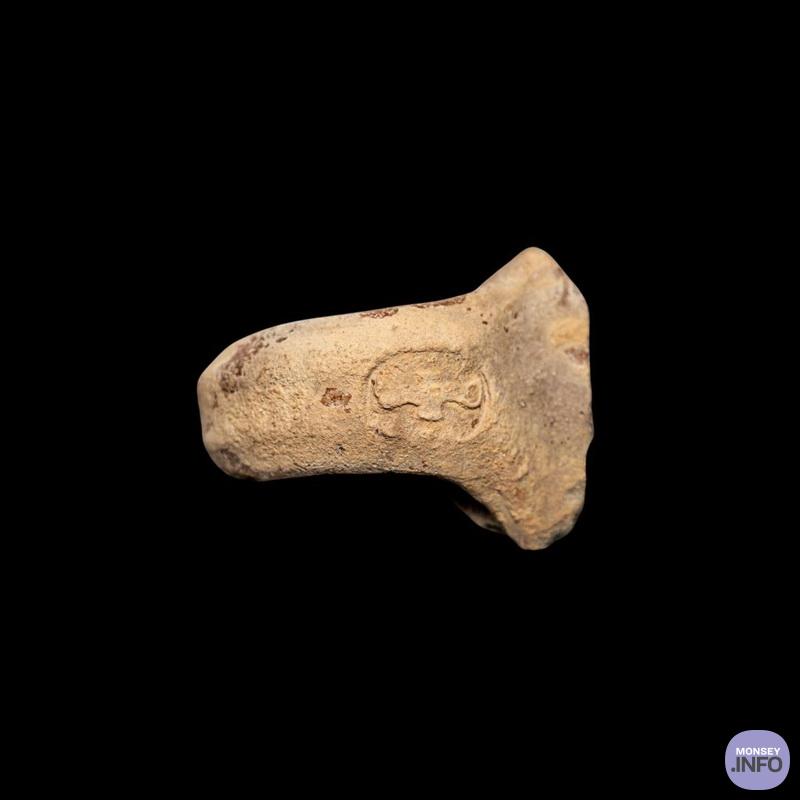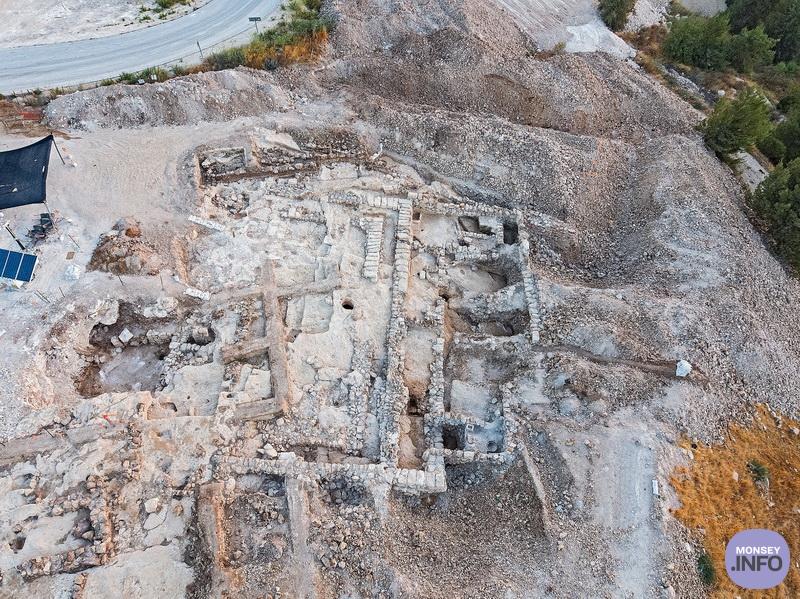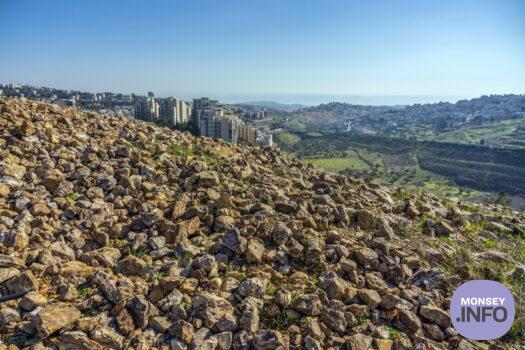
Massive Ancient Structure With More Than 120 Seal Impressions on Jars Found In Israel
Who were Naham Abdi, Naham Hatzlihu, Mesholam Elnathan, Tzaphan Abmetz, Shebanyahu Azaryahu, Shalem Acha, and Shebna Sachar? You would likely have known them if you had lived in the Kingdom of Judah around 2,700 years ago!
In an archaeological excavation conducted in 2020 near the US Embassy in Jerusalem, a site from the period of the kings of Judah was discovered, including a massive structure and more than 120 seal impressions on jars.
The excavation uncovered a state storage center from the time of the Judean kings Hezekiah and Manasseh, dated from the late 8th century to the mid-7th century BCE. At the center of the site, a huge stone pile was built over more than 4 acres, upon which stood a building that served the administrative activities of the Kingdom of Judah in its early days.
Near the building, 120 seal impressions were uncovered on storage jar handles. The impressions bore inscriptions in ancient Hebrew script. Many of them had the inscription “Lemelekh” (to the king), city names, and the names of senior officials and wealthy individuals from the First Temple period – Naham Abdi, Naham Hatzlihu, Mesholam Elnathan, Tzaphan Abmetz, Shebanyahu Azaryahu, Shalem Acha, and Shebna Sachar. These names appear on storage jar handles at various sites throughout the Kingdom of Judah, indicating the high status of the seal owners: they were likely senior officials in charge of certain economic spheres or perhaps the wealthy landowners of the time who controlled large agricultural areas and drove the economy of the estates holding personal seal impressions.
“This is one of the largest and most important seal impression assemblies discovered in Israeli archaeology,” said Neria Sapir and Nathan Ben-Ari, directors of the excavation on behalf of the Israel Antiquities Authority. “At this site, the food supply was concentrated and managed by the governing authorities. It appears that taxes were collected here in an organized state manner: agricultural produce, wine, and olive oil.”
The site dates back to a chaotic period and events known from the Bible and other sources, including the Assyrian conquest campaign led by King Sennacherib during the reign of King Hezekiah following Judah’s rebellion against the Assyrian empire.
Among the seal impressions were ones called “Lemelekh” (to the king). These are characterized by a winged sun symbol. Above the sun disc is the phrase “to the king” in ancient Hebrew script, and below are the names of four cities in the Kingdom of Judah: Hebron, Socho, Ziph, and Mamshit.
Another finding that sheds light on this period is a collection of figurines – small ceramic statues. According to archaeologists Sapir and Ben-Ari, “Some of the figurines are fashioned as women and horsemen, while others depict animals. These objects are usually interpreted as items used for pagan worship and foreign cult – a phenomenon that, according to the Bible, was prevalent in the Kingdom of Judah.”
Photos: Yaniv Berman, Israel Antiquities Authority.
